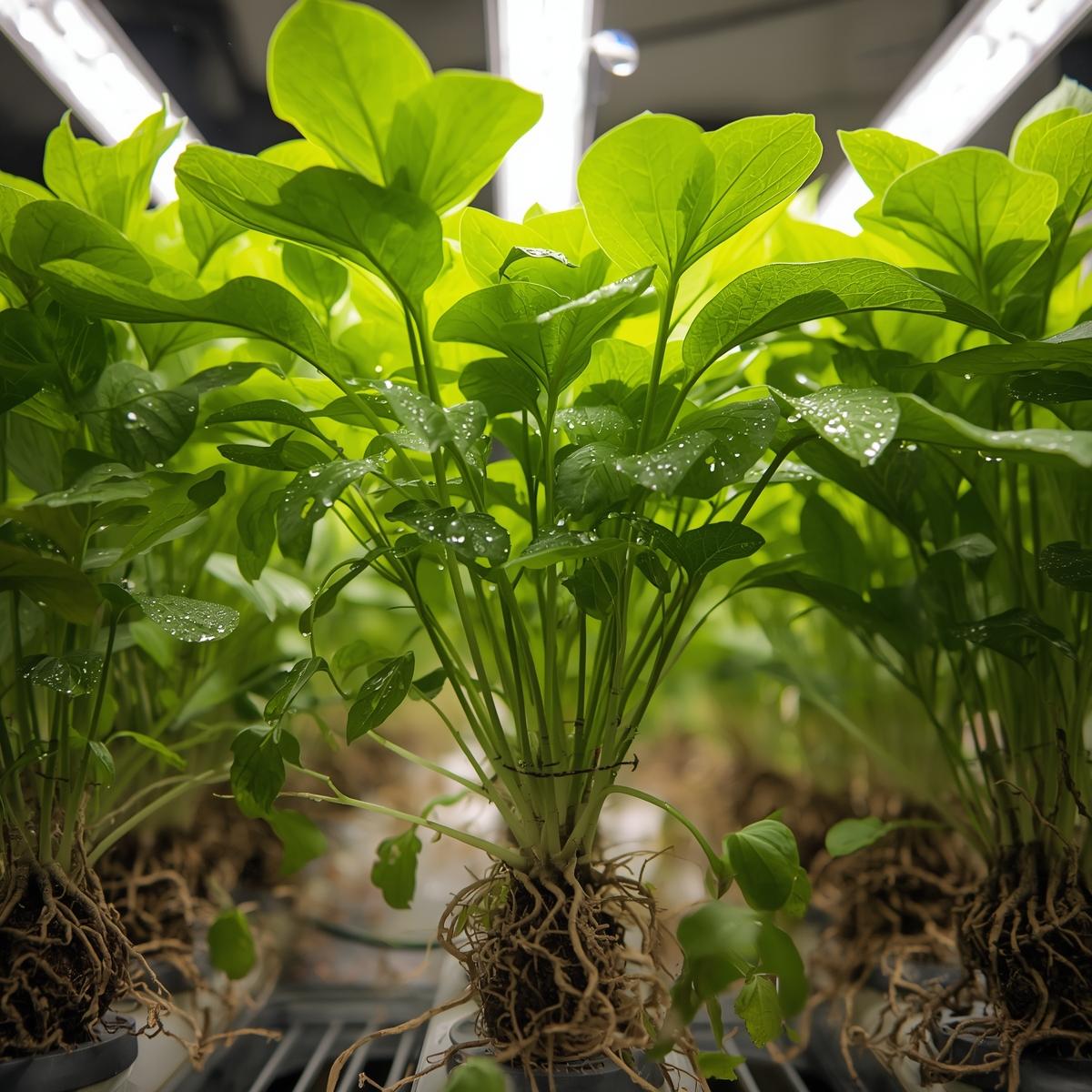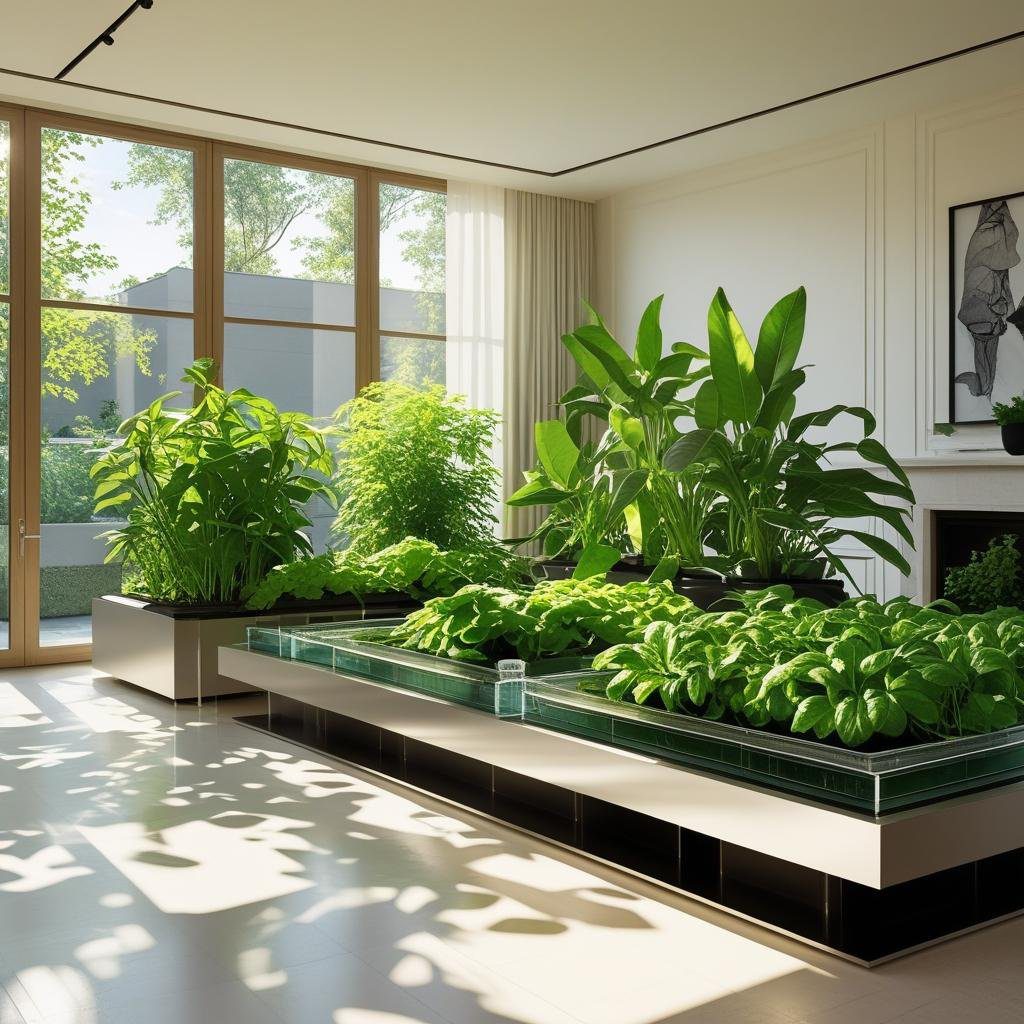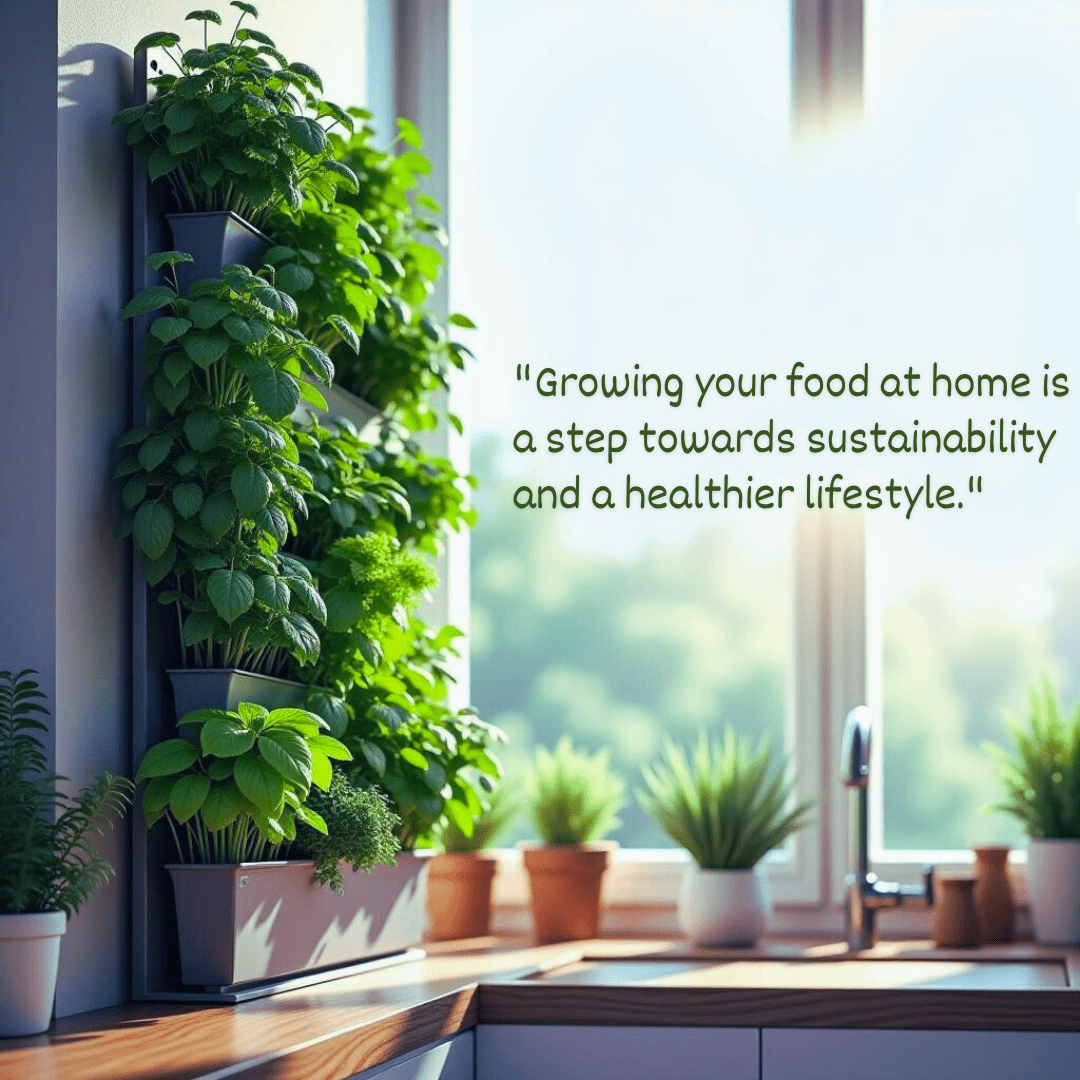If you follow sustainable agriculture, you’ve probably come across benefits of hydroponics and images of vibrant indoor farms. But what truly makes hydroponics a game-changer? Hydroponics has moved beyond being just a trendy term. It’s a way of growing plants in water filled with nutrients instead of soil. This approach uses up to 98% less water and 99% less land than traditional farming, while producing faster, cleaner, and bigger harvests. The main idea behind hydroponics is to get more food using less water, less space, and causing less harm to the environment.
Let’s explore the 10 key benefits of hydroponic farming and see how each one is helping reshape the way we grow our food.
1. No Soil Needed, Just Smart Growing
Traditional farming relies on fertile soil, which becomes scarce due to urbanization, pollution, and climate change. Hydroponics eliminates this need by growing plants in nutrient-rich water.
Key Benefits of Hydroponics:
- No soil erosion
- No land degradation
- No loss of nutrients from poor-quality dirt

With this method, growers do not need soil, a major challenge in agriculture. Hydroponic farms can thrive on rooftops, in basements, deserts, or urban warehouses.
Interested in starting your own soil-free garden at home? Explore our beginner-friendly Learning Tools.
2. Uses 98% Less Water: The Ultimate Conservation System
Surprisingly, hydroponic farming uses water instead of soil but saves a lot of it.
Traditional farms may lose as much as 70% of irrigation water due to evaporation, runoff, and inefficient delivery methods. By contrast, most hydroponic systems recirculate and reuse water many times, reducing overall water loss to just 2% or less.
Because hydroponics is a closed system, almost no water is wasted. Some advanced systems even collect and reuse moisture from the air.
| Crop | Traditional Farming | Hydroponics | Water Savings |
| Tomatoes (per lb) | 13–26 gallons | 1–3 gallons | Hydroponics |
| Lettuce (per lb) | 3.5–5 gallons | 0.3–0.5 gallons | Water Savings |
| Herbs (per lb) | 4–7 gallons | 0.4–0.8 gallons | 90–94% |
Hydroponics is one of the best ways to save water in modern farming and can help address water shortages around the world.
3. Year-Round Growth with Perfect Micro climates
With hydroponics, you can grow lettuce in summer or tomatoes in winter, no matter the weather outside. This system maintains optimal growing conditions year-round.
Using smart sensors, automated lighting, and temperature control, growers can fine-tune humidity, light, and nutrients for each plant type. Spinach might prefer 55°F, while basil thrives closer to 70°F, and both can grow side by side under one roof.
By carefully controlling the environment, hydroponics produces healthy and tasty crops all year long.
4. Predictable Harvests No More Guesswork
Traditional agriculture depends on nature: droughts, floods, and pests can destroy harvests. Hydroponics removes this risk. Because hydroponics is done indoors and under control, growers can plan their harvests with confidence. Bad weather or pests won’t ruin the crops. For food suppliers and urban farms, that consistency means reliable supply chains and stable food pricing, something the global market desperately needs.
5. Faster Plant Growth: Double the Speed, Double the Harvest
Plants grown with hydroponics often grow twice as fast as those cultivated in soil. Their roots receive immediate access to nutrients from the water, eliminating the need to search. With optimal light and temperature, plants continue growing without interruption. Many leafy greens are ready to harvest in just 25 to 35 days, about half the time required outdoors.
Faster growth means more harvests each year, which leads to more food and better profits.
6. Maximizes Space Perfect for Urban Farming
Traditional farming needs a lot of land to produce crops. Hydroponics doesn’t have this problem. With vertical hydroponic systems, growers can stack plants on top of each other and use all available space. This is especially helpful in cities, where land is expensive and hard to find. Benefits of hydroponics; cities can now grow food locally, cutting transport distances and carbon emissions.
7. Higher Yields, Healthier Profits
Hydroponic systems are not only efficient but also very productive. Because plants grow quickly, get the right nutrients, and face fewer losses. These advantages allow some operations to yield up to 10 times more food per square foot than comparable traditional farms. Since crops are protected from pests, contamination, and unpredictable weather, farmers waste less and harvest more, ensuring a steady supply of fresh produce year-round. This means hydroponics can help fight food shortages around the world and also give farmers a better return on their investment.
8. Less Labor, Safer Working Conditions
Hydroponic farms are efficient because they use automation for watering, adding nutrients, and environmental monitoring. This reduces the need for manual labor.
The result?
- Fewer workers are needed for the same output.
- Safer, cleaner, chemical-free environments.
- Better wages and working conditions for employees
Instead of working outdoors in direct sunlight, hydroponic farm workers operate in clean, greenhouse-like spaces and use technology to grow food for the future.
9. Shorter, Fresher Supply Chains
Food from traditional farms often travels long distances before it gets to you. This can mean fewer nutrients, more energy used, and higher costs. Hydroponics enables farms to operate close to consumers, even within city limits. Local supermarkets and restaurants can offer produce harvested only hours earlier.
Shorter supply chains mean:
- Fresher taste
- Longer shelf life
- Reduced transportation costs
- Lower carbon footprint
When you choose locally grown hydroponic produce, you get fresher food and help support a cleaner, more efficient food system.
10. Superior Quality, Flavor, and Nutrition
Some people think hydroponic vegetables are watery or don’t taste as good, but professionally grown hydroponic crops are often the opposite. Hydroponics gives plants exactly the nutrients they need and keeps them free from pesticides, heavy metals, and soil pollution. The result is better quality produce.
- Cleaner, safer produce
- Consistent flavor and texture
- Higher nutrient retention
- Vibrant, longer-lasting freshness
Taste tests frequently demonstrate that hydroponic greens and herbs have a richer aroma and flavor compared to soil-grown produce.
The Future of Farming Is Rooted in Water, Not Soil
Hydroponics is more than just a new way to grow food. It’s a step toward a food system that is more sustainable, efficient, and able to handle challenges. As the world’s population grows and farmland becomes scarce, these technologies will be important for feeding everyone. No matter if you garden at home, farm in the city, or are just interested in new ways to grow food, hydroponics gives you many chances to grow in smarter, cleaner, and greener ways.
Explore More:
Ready to transform how you grow and eat? Visit Beginners Guide now to learn how to set up your own system, compare hydroponic setups, and discover innovative tools that will elevate your harvest and impact.



